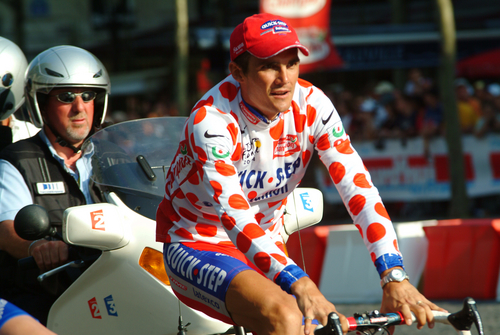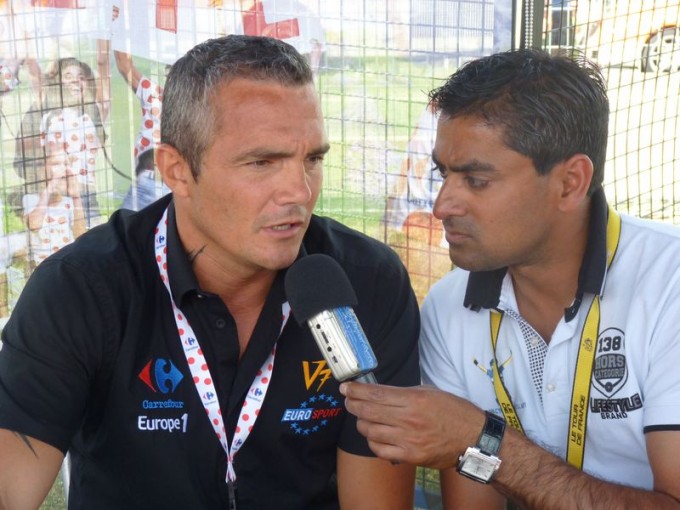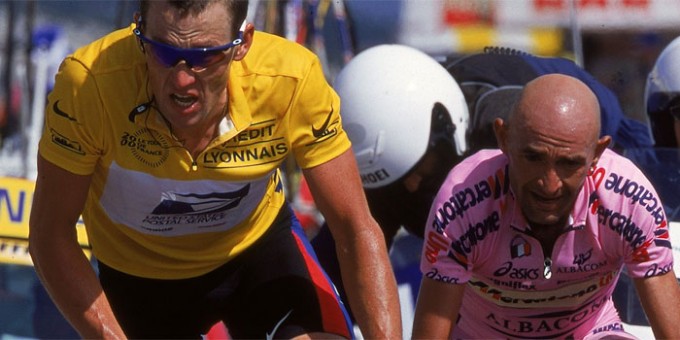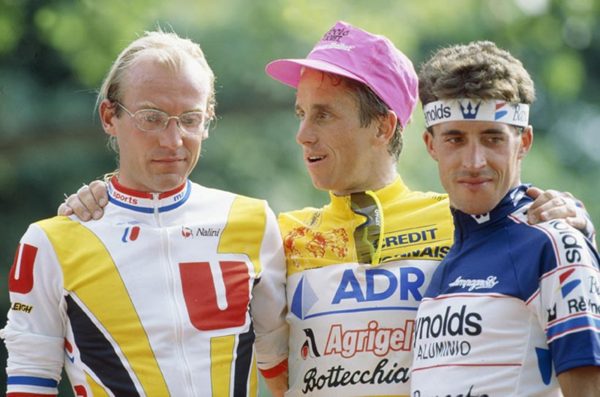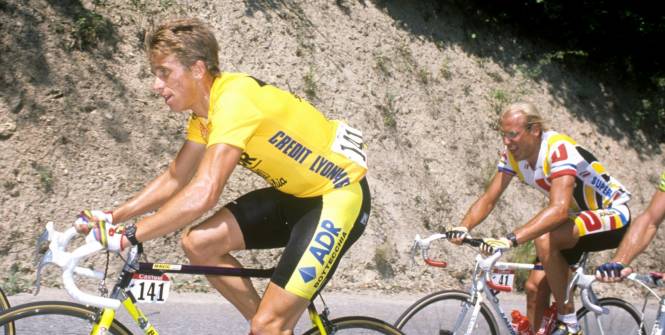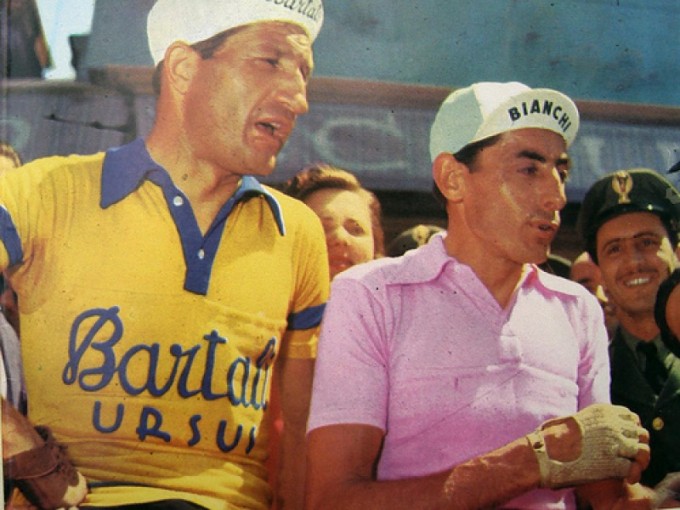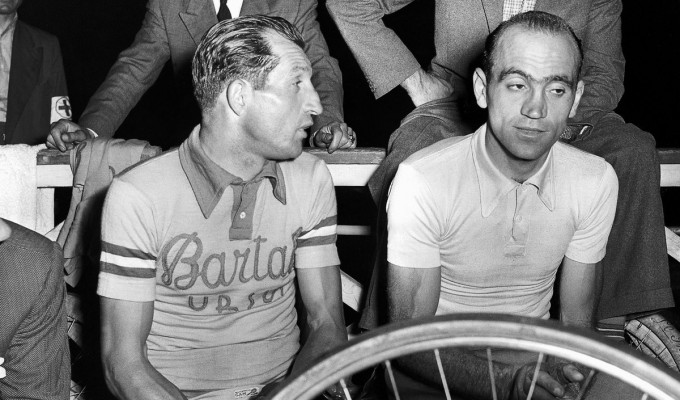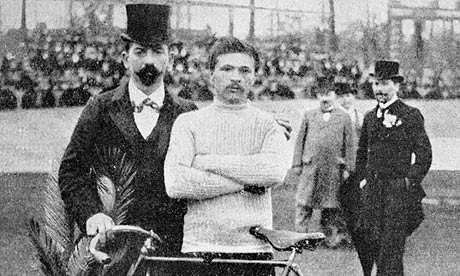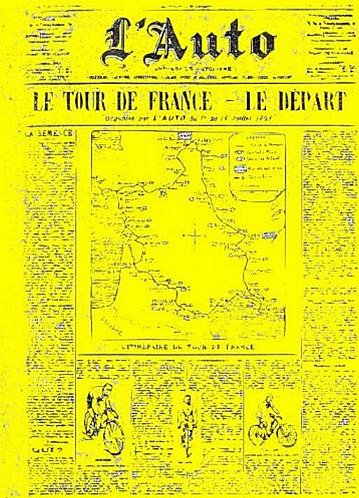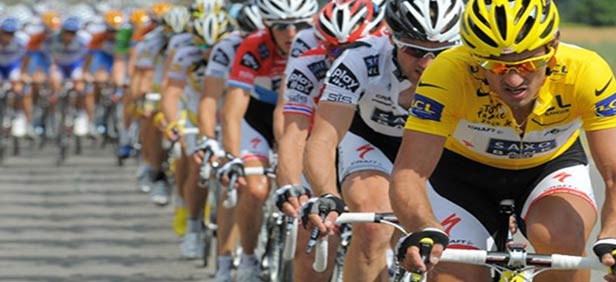
The Tour de France, road cycling’s most prestigious event, begins this weekend, and headlines have already been written before an inner tube has been inflated or the maillot jaune contested.
The rivalry between two of Britain’s most renowned road cyclists; Sir Bradley Wiggins and Chris Froome has sparked the kind of tabloid storm normally reserved for questionable immigration statistics or wayward pop stars.
While public spats like this no doubt have a team’s PR man pulling his hair out, the spice it adds to competition is brilliant for us fans. This bit of needle between tourists makes for perfect heroes and villains for us to cheer on and boo.
Starting with Sir Brad and Froomey, we take a look at some of the rivalries that have added spark to le Tour throughout the years.
2014 Bradley Wiggins v Chris Froome
Sir Bradley Wiggins is approaching national treasure status. His Tour de France victory in 2012 catapulted him into British hearts which, prior to his success, largely though road racing was a bunch of shaven-legged Frenchmen in Lycra.
But our boy Brad was billed by the tabloid press as the plucky underdog*, there to give le Frenchies what-for. And true to form, he did just that. Olympic gold, Sports Personality of The Year and even a Knighthood from the Queen followed.
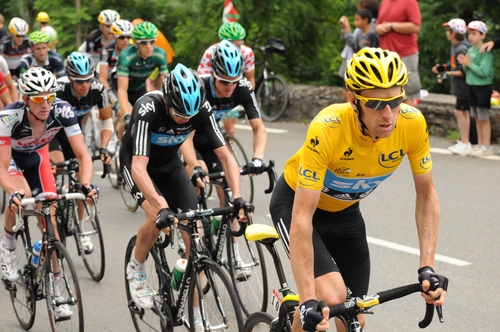
And then came Chris Froome. The Darth Vader to Wiggins Luke Skywalker. Although a different kind of racer to Wiggins, Froome is every bit as good, racking up his own Olympic medals, and winning le Tour one year on from Wiggins.
Despite all this, the nation just hasn’t taken to him. Maybe it’s the rivalry between the two riders that dictates who we love and who we loathe.
“Froome: Darth Vader to Wiggins Luke Skywalker”
Things started to get a little Biggie and TuPac when both riders were vying for leadership of Team Sky following Wiggins injury hit season a year after winning the Tour de France in 2012.
Since then, animosity has grown amid headline grabbing reports of unpaid win bonuses, and even the pair’s spouses standing by their men via social media.
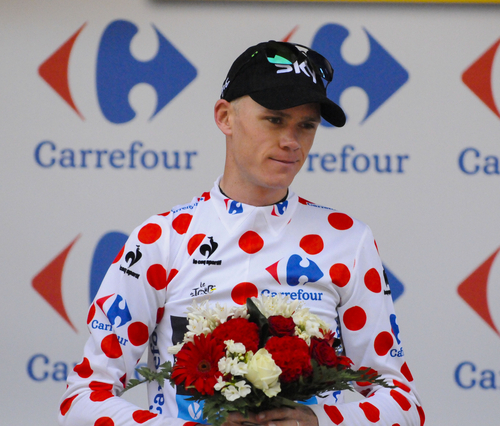
In the latest installment of the spat, Bradley Wiggins has suggested that his rivalry with Froome has cost him his chance to compete in 2014’s Tour de France as Team Sky simply isn’t big enough for the both of them.
This sporting rivalry is all a little bit handbags at dawn at the minute and, although this cycling soap opera is entertaining to watch at times, what we all really want to see are our greatest cyclist competing in the most prestigious road race around.
*In reality, Wiggins was never really an underdog at all, finishing 3rd in the 2009 race.
